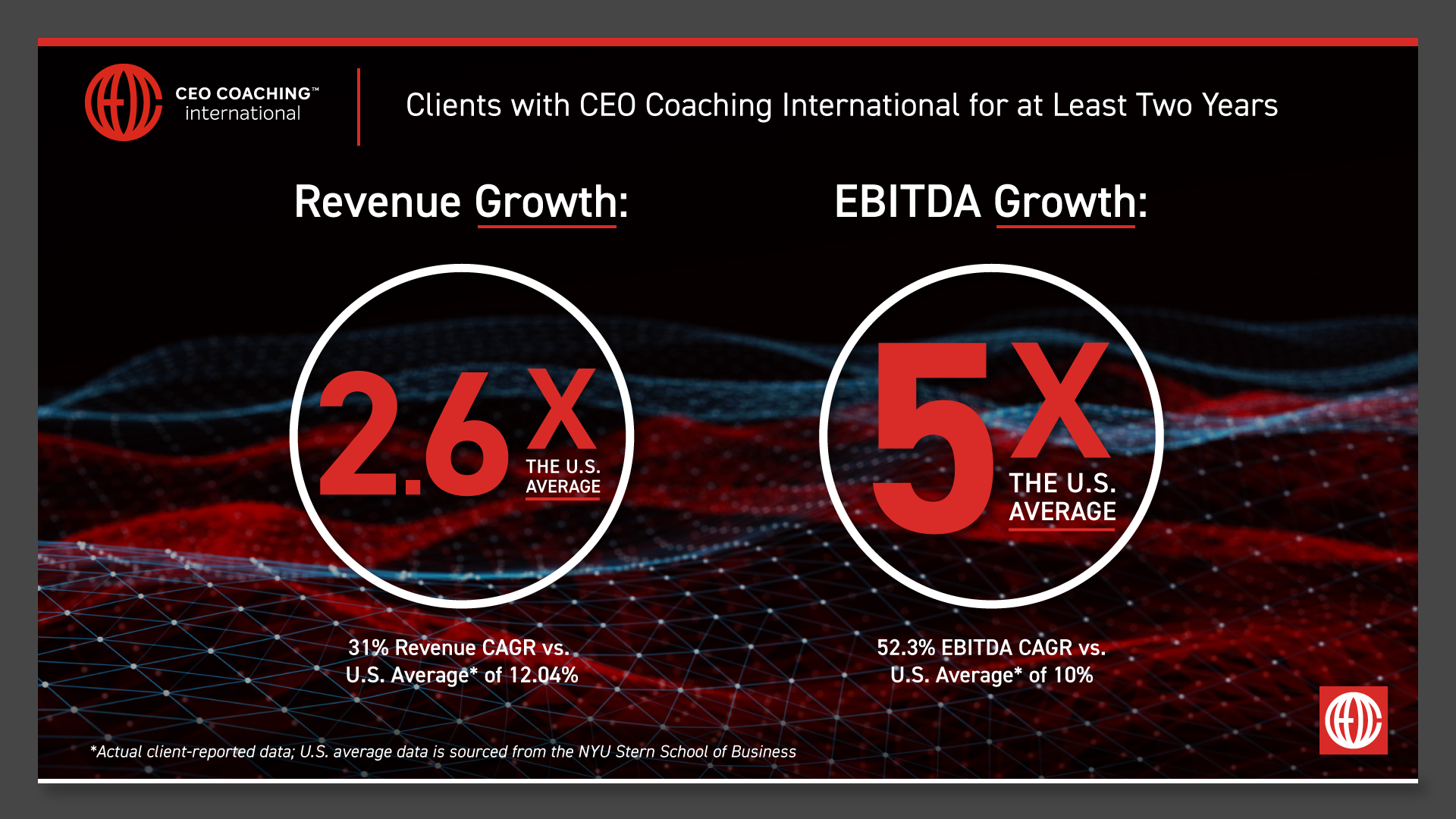
You might not be racking up frequent flier miles on the conference circuit right now, but your opportunities to get in front of peers, clients, or prospects might actually be greater than they were before the pandemic. Many of our entrepreneur coaches and clients have reported that attendance for virtual events can be exponentially higher than at a traditional in-person event.
I asked LaQuita Cleare, the CEO of Clear Communication Academy and a friend of CEO Coaching International, to help me put together this list of tips to maximize your virtual face time, spread your message, connect with your audience, and grow your business — all from the comfort of your office or home.
1. Make your own introduction.
Whether you’re participating in an in-house virtual event or a larger industry conference, first impressions matter. You don’t want the moderator introducing you based on a Google search or your out-of-date LinkedIn profile. Write a clear, concise, 3-5 sentence intro explaining your current role and career experience that the moderator can read at the start of the session. You want to control the message.
2. Stay in your lane.
Managing your company’s digital pivot during the pandemic was no small feat. But if you weren’t a bona fide tech expert in 2019, you probably don’t belong on an IT panel now. Only say yes to events where your professional experience and expertise will add something substantial to the discussion. Otherwise, your answers will feel inauthentic and your screen time relative to other panelists will shrink.
3. Do some homework.
Who are the other speakers on your panel? What companies do they run or work for? What are the major trends in your industry and how do they relate to the panel topic? What’s a question you hope someone asks you? What’s a question you hope they DON’T ask and how should you prepare to answer it?
You don’t have to script your answers to potential questions that might be relevant to the panel. But having some high-level thoughts about the topic and subtopics front of mind will help you formulate more specific and compelling answers in the moment.
4. Tell stories.
According to LaQuita Cleare, “Virtual presenters must move away from delivering information to motivating, inspiring, and engaging the audience. One way to do this is by using stories and vivid examples.”
If you come to a panel armed with facts and figures, the audience is going to forget you just as quickly as they forget the numbers you throw at them. Stories aren’t just more persuasive than raw data, they also create a real connection between you and your audience.
Simple example: When I’m speaking at conferences about leading through a crisis, no one remembers how much business my company Platinum Capital was doing when we were struggling or where we ended up. They remember the elephant! They remember how I inspired everyone in the company to band together and think BIG, which is the overall message I’m trying to communicate.
No pie chart is ever going to make a stronger impact than a good story. So, what’s yours?

5. Build off other speakers, even when you disagree.
The first rule of improvisational comedy troupes like Second City is, “Yes, and …” In other words, when you build off what someone has said before you, the conversation keeps developing and can lead all participants to unexpected places. “No” usually stops a conversation dead, especially in a virtual setting.
Now that doesn’t mean you always have to agree with the other panelists — that will bore your audience. But when you do make your counterpoint, try to frame it constructively: “I like what John said about staying loyal to your suppliers, but I also think building out some extra links in the chain is important right now.”
6. Engage and speak to someone.
Virtual communications can’t recreate the energy of a room full of people who are passionate about a specific topic. You also won’t have the same feedback and cues — a surprised look from one of your panelists, a “go on” nod from the moderator, audience laughter — that can make even large in-person events feel intimate and personal.
When it’s your turn to speak, remember LaQuita’s “3 modules for dynamic presenters – creative content, engaging body language, and variety in vocal delivery.”
Be mindful of who’s in your virtual room. Address your comments to specific participants, whether that means one of your panelists or a key subset of audience members. You don’t want to look like you’re reading or reciting, you want to look like you’re trying to connect and push everyone’s understanding of the topic forward.
“One of the biggest mistakes that I see virtual presenters make is reading from their notes in the first 30 seconds,” says LaQuita Cleare, “or immediately putting up a presentation before connecting with the audience. Connect as quickly as you can!”
Finally, remind the simple yet powerful effect of eye contact when it’s your turn to speak. “Looking into the camera when you are speaking helps build intimacy and connection with your audience,” according to LaQuita.
7. Don’t be “that” panelist.
The same faux pas that can grind a virtual conference call to a halt will send a virtual audience heading for the virtual exits.
By now, you know the drill. So, please:
- Don’t be the person who hasn’t tested your A/V setup before logging on.
- Don’t be the know-it-all who tries to drown out the other panelists.
- Don’t speak for more than a minute or two unless you’re telling a really compelling story or the moderator asks you a follow-up question.
- Don’t turn your speaking time into a commercial for your company.
- Don’t let your attention wander when you’re not speaking.
- Don’t let your mind wander when you ARE speaking.
- Don’t float around in the clouds when the question calls for a grounded answer.
And, finally, don’t be afraid to try! If you’ve never sat on a panel before or your skills rusted during the pandemic, you might be a little flat your first time out. But considering that you’re not spending money on travel or leaving your business for days at a time, the sunk costs will be pretty low.
Do grab virtual panelist opportunities to get in some virtual reps now.
Better yet, work with a pro like LaQuita who can coach up your speaking performance. Once the world does open up a bit more, you’ll be ready to make a BIG impression on any audience.
For more on LaQuita and Clear Communication Academy, please click here.
About CEO Coaching International
CEO Coaching International works with CEOs and their leadership teams to achieve extraordinary results quarter after quarter, year after year. Known globally for its success in coaching growth-focused entrepreneurs to meaningful exits, CEO Coaching International has coached more than 1,000 CEOs and entrepreneurs in more than 60 countries and 45 industries. The coaches at CEO Coaching International are former CEOs, presidents, or executives who have made BIG happen. The firm’s coaches have led double-digit sales and profit growth in businesses ranging in size from startups to over $10 billion, and many are founders that have led their companies through successful eight, nine, and ten-figure exits. Companies working with CEO Coaching International for two years or more have experienced an average revenue CAGR of 31% (2.6X the U.S. average) and an average EBITDA CAGR of 52.3% (more than 5X the U.S. average).
Learn more about executive coaching | Meet our world-class coaches





